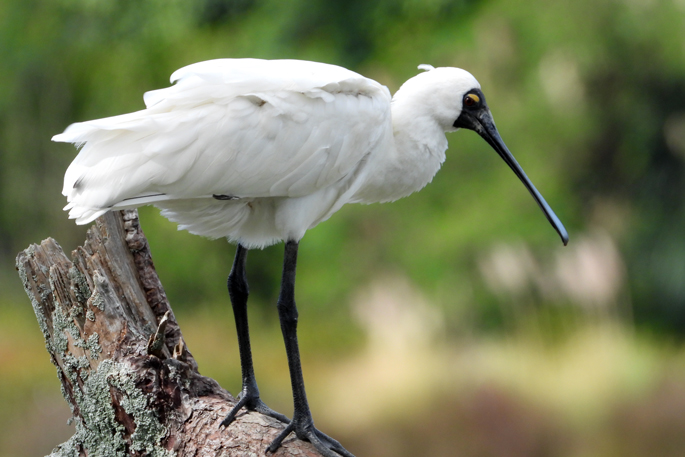In a nationwide call to action, New Zealand’s esteemed ornithological society, BirdsNZ, is gearing up for an avian adventure like no other.
Brace yourselves, fellow bird enthusiasts, for on June 22 and 23, it will be time to embark on a quest to count the elusive Kotuku ngutu papa, known to many as the Royal Spoonbill.
With binoculars at the ready and a keen eye for detail, Kiwis across the country are summoned to join the ranks of this feathered fellowship.
At the local helm of this counting endeavour is BirdsNZ regional representative Paul Cuming, a seasoned bird-watcher and guardian of avian knowledge.
Armed with dedication and an email address - birds.bop.volcanic@birdsnz.org.nz - Paul awaits your reports, your sightings, and your tales of the majestic Spoonbill's whereabouts.
“These will go into a count database and be compared with previous counts,” says Paul.
He has already spotted the birds roosting at Yatton Park, and a group of them have been seen in Kōpurererua Valley.
Every observation becomes a vital clue, a puzzle piece in the grand mosaic of New Zealand's avian landscape.
But why the Spoonbill, you may ask?
While whispers suggest their numbers are on the rise across the nation, murmurs persist that they've yet to establish their court in the Bay of Plenty.
 Royal Spoonbill at Yatton Park. Photo: Paul Cuming.
Royal Spoonbill at Yatton Park. Photo: Paul Cuming.
“It is thought that the species is increasing although there is scant evidence they are breeding in the Bay of Plenty,” says Paul.
He is challenging the Tauranga and Bay of Plenty community to prove that theory wrong.
The stately Royal Spoonbill is one of six spoonbill species worldwide, and the only one that breeds in NZ.
They were first recorded in New Zealand in 1861, can live up to 36 years and in flight, hold their neck outstretched and trail legs behind, looking rather awkward, like a "Dr Seuss" cartoon bird.
In 1977 the NZ population was estimated at 52 birds. The most recent estimate in 2012 was 2360 birds.
As reports of sightings flood in, Paul and others will eagerly compile the data. Will this year's count reveal a surge in their numbers?
So, grab your binoculars, dust off your birding guidebooks, and join Paul and the team on this epic quest.



0 comments
Leave a Comment
You must be logged in to make a comment.